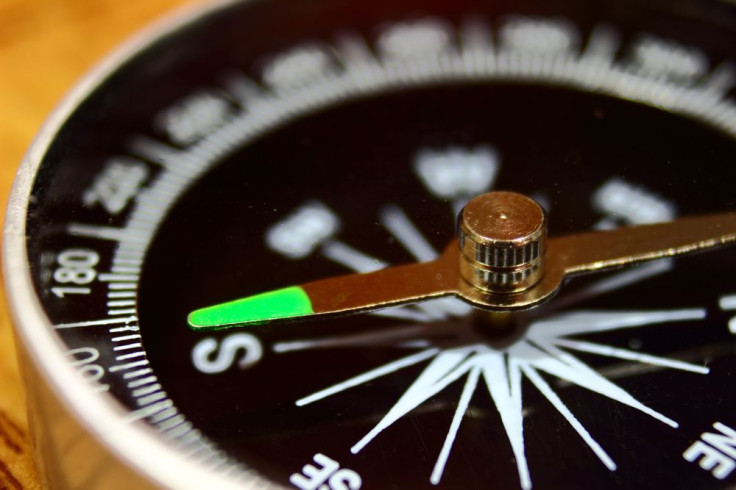Your Sense Of Direction Stems From The Brain's 'Homing Signal,' Which Helps You Navigate

Scientists from the University City College in London have succeeded in confirming that some people have a better sense of direction than others. It all has something to do with the entorhinal cortex region of our brains, and scientists believe it could help advance research on neurodegenerative diseases.
Humans, like all mammals, are born with an innate way to navigate, but it wasn’t until Professor John O’Keefe from UCL discovered the entorhinal region that researchers knew where this sense of direction originated. In 2014, O’Keefe won the Nobel Prize in Physiology or Medicine when he discovered the entorhinal region acted as a built-in homing signal.
Recently, fellow UCL researchers took O’Keefe's finding one step further in their most recent study by proving that not only is the entorhinal region responsible for signaling what direction you are currently facing, but it also shows what direction you should be facing, thus serving as the neurological hub for human navigation.
Using functional magnetic resonance imaging (fMRI), the team worked out a way to track how strong the signals were coming from this area of the brain, and ultimately measure an individual’s sense of direction. This is a major landmark, proving that a sense of direction is a measurable phenomenon.
"This type of 'homing signal' has been thought to exist for many years, but until now it has remained purely speculation," said lead researcher Dr. Hugo Spiers in a press release. "We now know that the entorhinal cortex is responsible for such calculations, and the quality of signals from this region seem to determine how good someone's navigational skills will be."
The researchers weren’t quite able to explain what accounted for the different quality of signals, however.
"It may well relate to how well they are able to learn the layout of the environment and set their own internal 'North,'" Spiers told Medical Daily in an email. "We haven't fully tested whether men and women differ on this task."
In order to work out a way to measure a sense of direction, the team enlisted 16 healthy volunteers and had them navigate a simple square environment simulated on a computer.
"In this simple test, we were looking to see which areas of the brain were active when participants were considering different directions," Spiers said.
The scientist saw quite dramatic differences in the navigation skills of the participants and later saw that these differences could be measured using the fMRI.
"If you get lost after taking too many turns, this may be because your brain could not keep up and failed to adjust your facing and goal directions," Spiers said.
The ultimate goal of these studies on navigation is to understand what happens when this process goes wrong. For example, the entorhinal region is one of the first affected by Alzheimer’s, and the team believes they may be able to develop a test to diagnose the disease earlier through further studies on the brain region.
The next step for the team is to continue to explore if the entorhinal region has an impact on a person’s ability to complete more complex tasks. Spiers also informed Medical Daily that, in a report he will submit early next year, he plans to explore whether sense of direction differs among the sexes.
Source: Chadwick MJ, Jolly MEJ, Amos DP, Hassabis D, Spiers HJ. A Goal Direction Signal in the Human Entorhinal/Subicular Region. Current Biology. 2014.



























